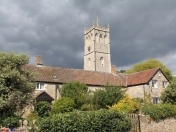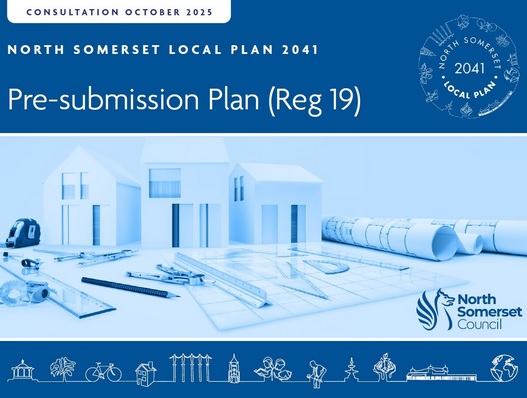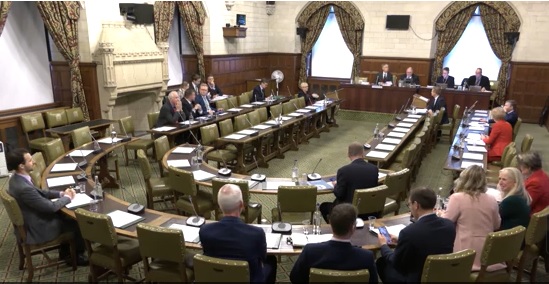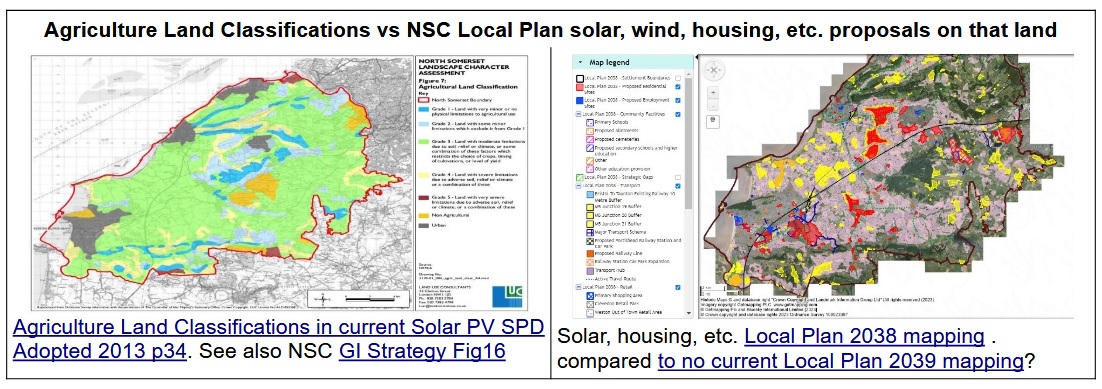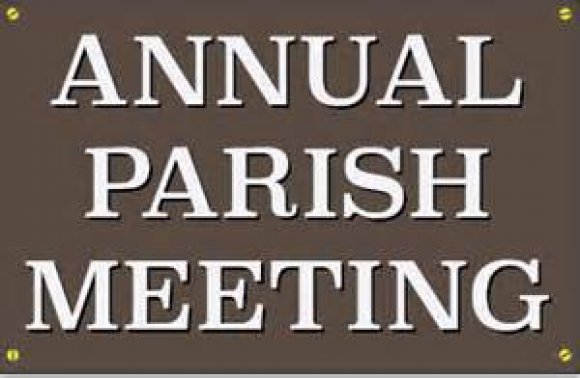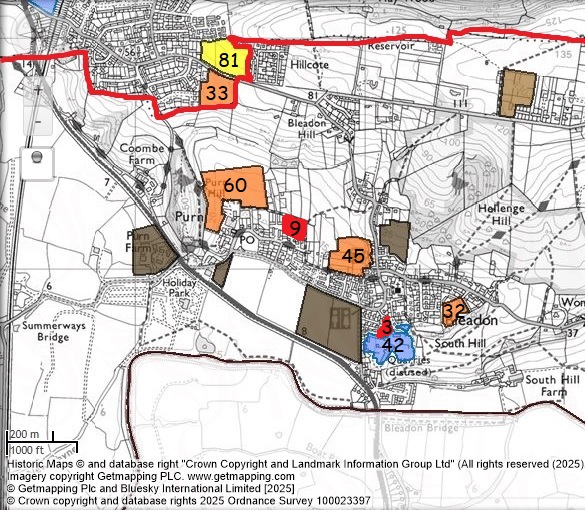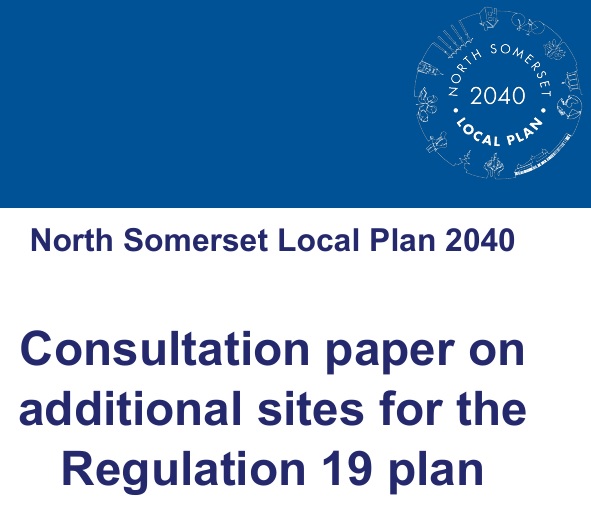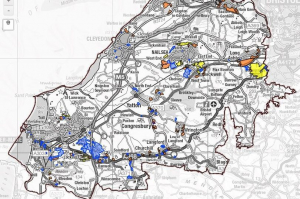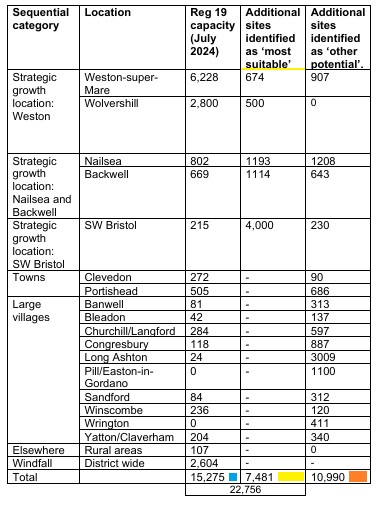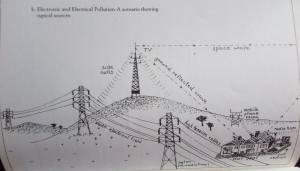
A Christmas reminder, that 1 in 7 Christians worldwide live in situations with at least “high” levels of persecution and discrimination
In this country, on the 6th May 2023, the King took the Coronation Oath to:
- "... maintain in the United Kingdom the Protestant Reformed Religion established by law..." and to
- "... maintain and preserve inviolably the settlement of the Church of England, and the doctrine, worship, discipline, and government thereof, as by law established in England".
However,according to the House of Commons Research Briefing (Report 28MAR25 and Overview)
- 1 in 7 Christians worldwide live in situations with at least “high” levels of persecution and discrimination, including 1 in 5 in Africa and 1 in 7 in Asia. This compared to 1 in 8 worldwide in 2021
- 7,679 churches and Christian properties were attacked in 2024, around half the 14,766 in 2023.
- More than 380 million Christians live in situations subject to “high levels of persecution and discrimination”. This compared to 340 million in 2021.
- 4,476 Christians were killed for faith-related reasons in 2024.
- where attacks on Christians have become more common since 2020 as part of a wider rise in political violence against civilians,
- Open Doors estimates the number of Christians killed for faith-related reasons worldwide was 4,998 in 2024, 5,621 in 2023, 5,898 in 2022, and 4,761 in 2021.
- North Korea, Somalia, Yemen, Libya, and Sudan had the highest rates of reported persecution against Christians.
- Watch list by country interactive map and pdf.
You can invite your MP to the World Watch List parliamentary launch on Wednesday 14 January 2026, where they’ll hear testimonies of persecution and recommendations on how to respond - with a simple submission form to your MP (PDF)
"In the 2024-25 parliamentary session, Jim Shannon MP has introduced a bill to put the role on a statutory footing The Labour Government says it has no plans to legislate in the current session.
"While the Conservative Government supported the bill and it passed all its Commons stages, proceedings in the Lords were not completed by the time the 2024 election was called and the bill did not become law.
"In the 2019-24 parliament, the then Special Envoy for FoRB, Fiona Bruce MP, introduced a Private Member’s Bill, International Freedom of Religion or Belief Bill 2022-23 (Bill 373), which would have placed the role of Special Envoy for FoRB onto a statutory footing. The bill would have required the government to provide staffing and other facilities to support the office." (Parliamentary Research Briefing)
"Despite the very real threat of persecution, hundreds of millions of Christians—effectively entire populations—remain steadfast in their faith, at great personal cost. They willingly risk their livelihoods, their families and even their lives to uphold their beliefs. Their resilience in the face of oppression is testament to their unwavering conviction, and their strength should not go unnoticed. It is imperative that we advocate on their behalf, ensuring that they receive the fundamental freedoms that so many of us in democratic societies take for granted. To ignore their plight is to turn our backs on the very principles of justice and human dignity that underpin free nations" (House of Commons Westminster Hall Debate Persecution of Christians 08 April 2025 and video)
"The World Watch list is an annual report published by Open Doors, an NGO which supports Christians worldwide, and lists the 50 countries in which Christians face the “most extreme persecution”. A parliamentary launch for the latest report, which covers 2024, was held in January 2025.
"There is no internationally agreed definition of persecution. Open Doors’ methodology defines persecution as: Any hostility experienced as a result of one’s identification with Christ. This can include hostile attitudes, words and actions towards Christians.
"This broad definition includes (but is not limited to) restrictions, pressure, discrimination, opposition, disinformation, injustice, intimidation, mistreatment, marginalisation, oppression, intolerance, infringement, violation, ostracism, hostilities, harassment, abuse, violence, ethnic cleansing and genocide." (Parliamentary Research Briefing)
Extract from the King's Coronation Oath 6th May 2023
The Archbishop says"
- Will you to the utmost of your power maintain the Laws of God and the true profession of the Gospel?
- Will you to the utmost of your power maintain in the United Kingdom the Protestant Reformed Religion established by law?
- Will you maintain and preserve inviolably the settlement of the Church of England, and the doctrine, worship, discipline, and government thereof, as by law established in England?
- And will you preserve unto the Bishops and Clergy of England, and to the Churches there committed to their charge, all such rights and privileges as by law do or shall appertain to them or any of them?
The King replies
- All this I promise to do.The King places his hand on the Bible and says
- The things which I have here before promised, I will perform and keep. So help me God. The King kisses the Bible.
The Archbishop says
- Your Majesty, are you willing to make, subscribe, and declare to the statutory Accession Declaration Oath?
The King replies
- I am willing.I Charles do solemnly and sincerely in the presence of God profess, testify, and declare that I am a faithful Protestant, and that I will, according to the true intent of the enactments which secure the Protestant succession to the Throne, uphold and maintain the said enactments to the best of my powers according to law.
--..
Info:
- Forced assimilation is illegal under UN Declaration of the Rights of Indigenous Peoples (PDF) and UN Manual (PDF) Full version 02OCT07 (PDF)
- Article 8 (full version image - short version image)
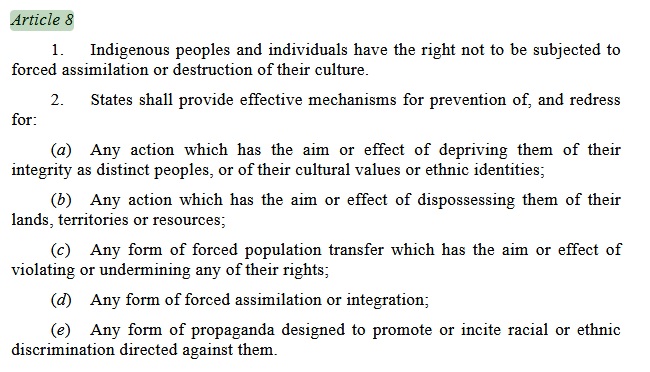
- Enlarge image
- Has the UK broken international law?
- UN Replacement Migration (2000)
- "At the middle of the 20th century, the average fertility level stood at 2.6 children per woman in Europe,.. For the countries in this study the range was from 2.2 children per woman in Germany and the United Kingdom, ... .. By 1995-2000, fertility was below replacement level in all countries and regions of the study, with a relatively wide range of levels, from a high of 2.0 children in the United States to 1.2 children in Italy. The average for Europe and for the European Union was 1.4 children per woman." England & Wales fertility rate in 2023 was 1.44.
- Replacement fertility rate is the average number of children per woman needed fora population to replace itself without migration. In most developed countries, this is about 2.1 children per woman.
- What are our schools teachiing our indigineous children about births, birth control, etc.? What is local and national governemnt's plan for the future of our christian culture that our laws are based on vs those of another religion such as Islam?
-
- Are Gen Z aborting half of all pregnancies? (PDF)
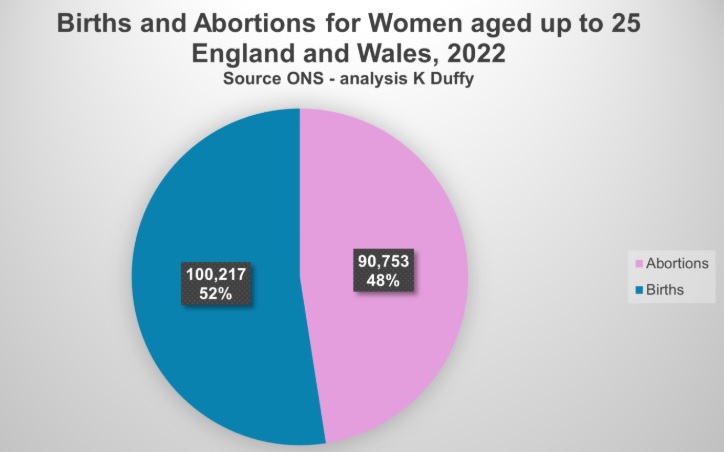
- Enlarge image
- Half of all Generation Z Pregnancies now end in Abortion.(PDF)
- Gen z - "the generation typically being defined as people born from 1997 to 2012" (wiki)
- "In 2011, this cohort had 171,000 live births and 89,000 abortions[iii], a total of 260,000 viable pregnancies. In 2021, this total was just 163,000. This represents a reduction of about 37% over ten years; in the same period the total population of this cohort reduced by just 5%, perhaps indicating the significant impact on fertility from the use of contraception and less frequent heterosexual sex."
- [iii] Stated abortion numbers are for Ground C abortions; these are elective, on request of the woman, not because of rape or incest, or any indicated medical risk to the life of the woman, or serious fetal anomalies – Ground C total about 98% of all abortions.
- Are Gen Z aborting half of all pregnancies? (PDF)

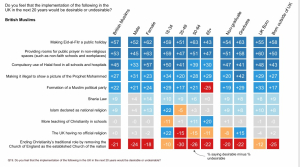
- Imam of Peace calls to BAN the Muslim Brotherhood in the West.
- "In the West, it is a political question. That is the problem." “Anyone who DOES NOT ban the Muslim Brotherhood only cares about votes, not the national security of their nation.” (MAR24 PDF)
- Govt Muslim Brotherhood review: main findings
- "... aspects of Muslim Brotherhood ideology and tactics, in this country and overseas, are contrary to our values and have been contrary to our national interests and our national security" (PDF 17DEC15)
- Director General Ken McCallum gives latest threat update (PDF)
- Imam of Peace calls to BAN the Muslim Brotherhood in the West.
- City of Sanctuary Charter
- The subscribing organisation (local authority, school, college, etc. aspires "...to ensure people seeking sanctuary are involved in all decision making and are supported to become leaders in the organisation, networks, and the wider movement"
- Cultural differences over animal welfare - Non-stun Slaughter of Animals Volume 768: debated on Monday 9 June 2025
- " ... the religious communities that require this method of slaughter for halal and kosher practices. Proponents of those practices argue that banning non-stun slaughter would violate their freedoms. The teachings of the Jewish and Muslim religions state that an animal must be fully alive before it is slaughtered. Accordingly, the stunning of an animal before slaughter may be interpreted as not being compliant with such religious teachings. However, in many religions—including my own, Christianity—there are variations in the interpretation of religious laws. Leaders of more liberal branches may be more open to interpreting religious law in the light of modern customs and welfare standards. However, it has to be said that more orthodox factions may still consider changes to traditional methods as a serious offence." (09JUN25 PDF)
- An Overview of Sharia law
- "Sharia councils in England and Wales: estimates vary between 80-85 and they are growing in number as British Muslims seek Sharia councils to settle their disputes"
- "Across the past few decades serious concerns have arisen about the cultural and religious practices in Muslim communities.
- The Independent Review into the Application of Sharia Law in England and Wales issued by Britain’s Home Department in February of 2018 was purposefully set up because sharia councils were deemed “discriminating against women” (10NOV23 PDF)
- Islamic Sharia and the Mistreatment of Women
- "Sharia subordinates women to men in a multitude of ways: the requirement of guardianship by men, the right of men to beat their wives, the right of men to have unfettered sexual access to their wives, the right of men to practice polygamy, and the restriction of women’s legal rights in divorce cases, in estate law, in cases of rape, in court testimony, and in consent to marriage." (05SEP25 PDF)
- Sexism - New report calls on mosques across the UK to improve access for women
- " 59% said they themselves or a woman they know had experienced unfair treatment in a mosque, including physical intimidation, sexism and being denied entry, on one or more occasions. According to the latest data from Muslims in Britain, 28% of the approximately 1,858 mosques in the UK do not offer facilities for women" (05MAR24 PDF)
- What is the current status of Islamic marriages (Nikah) in the UK?
- "The Court has confirmed that a Nikah marriage is a non-qualifying ceremony, meaning that spouses have no redress to the courts for a division of assets if the relationship breaks down. For one party this judgment brings distinct advantages in seeking to protect their assets in any way. Sadly, it also serves as a distinct disadvantage to a party who cannot then make a financial remedy application following the breakdown of their Islamic marriage." (13MAR20 PDF)
- Polygamy
- House of Commons Research Briefing "For a polygamous marriage to be considered valid in the UK, the parties must be domiciled in a country where polygamous marriage is permitted and must have entered into the marriage in a country which permits polygamy".(01FEB23)
- "Universal Credit (UC) is replacing means-tested benefits and tax credits for working age people. Polygamous marriages are not recognised in the UC rules. This means that some polygamous households will receive more under UC than they would have under the legacy benefits and tax credits system." (Hansard- 01FEB23) Check benefits and financial support you can get
- Article, "The DWP is handing out more than £6,000 to second wives and third wives in the UK as part of benefits given to people in polygamous marriages - and the amount is being increased from April." (02DEC25 PDF)
- Couple defend first-cousin marriages amid ban call (BBC)
- "According to a 2021 study, about 55% of British Pakistanis are married to first cousins, while the practice accounts for about 3% of all marriages nationally." (27JAN25 PDF)
- Born in Bradford - Evidene Briefing Genes and /health Inheritence and Risk (DEC22 PDF)
- "Between 20% and 40% - child deaths possibly due to genetic disorders associated with consanguinity... After allowing for risk factors such as age, obesity and smoking, the risk of congenital anomalies was doubled (3% to 6%) in first cousin marriages and explained 30% of genetic disorders. However the risk to the child they give birth to also doubled in White British women over the age of 34 years."
- AI defines "Consanguinity simply means being related by blood, sharing a common ancestor, like cousins or siblings. It's the genetic link between people, distinguishing them from those related by marriage (affinity) and is important in genetics and law, often defining who can marry whom due to increased risks of genetic disorders in offspring"
- House of Commons Persecution of Christians, Research Briefing Published Friday, 28 March, 2025 (Overview and Report PDF)
- Parliamentary TV Debate 08 April 2025
- Hansard Transcript of the debate 08 April 2025 (PDF)
- Simple submission form to your MP (PDF)
- Watch list by country interactive map and PDF.
- King's Coronation Oath 6th May 2023
- Some Constitutional Law Info
- Accountability in Public Office
- The common law offence of misconduct in public office is proposed to be abolished [06DEC25]

